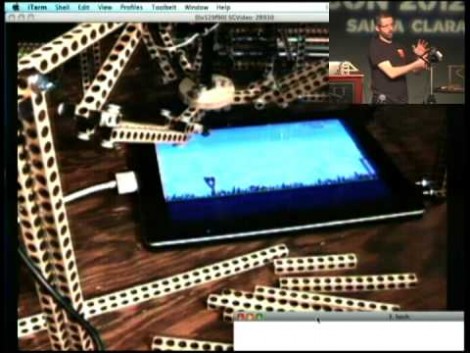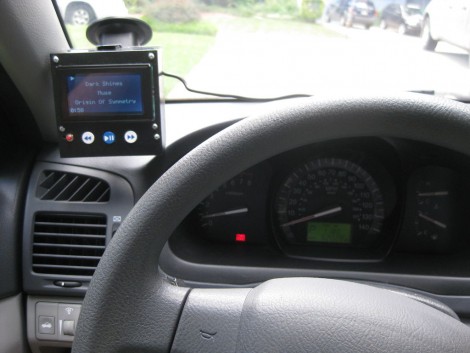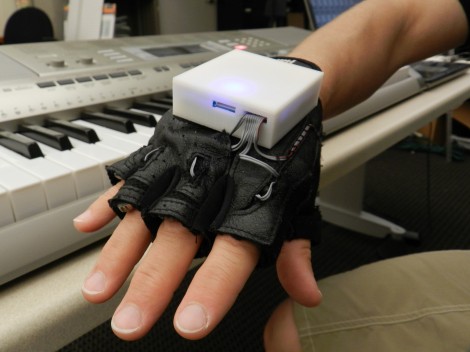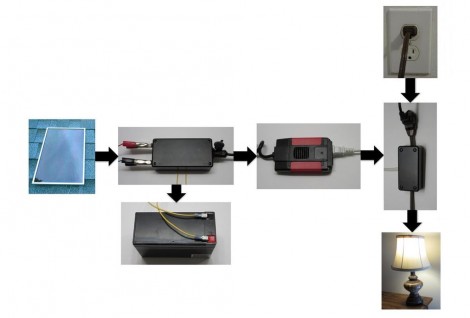
At this year’s Pycon [Jason Huggins] gave a talk about his Angry Birds playing robot. He built a delta robot which includes a pen actuator for controlling a capacitive touch screen. The video after the break starts with a demo of the bot beating a level of Angry Birds on the iPad.
The idea behind the build is that robots like this could be used for app testing. I this case [Jason] has tweaked the servo commands manually to achieve the results. But during the talk he does demonstrate some machine vision to analyze and win a game of tic-tac-toe.
We do enjoy seeing the robot, but we’re not sold on the thought that testing will use robots. Perhaps there is a niche need for this type of thing, but we assume the majority of automated testing can be done in the emulator for the device on which you are developing. What we really want to know is how the capacitive stylus works. We didn’t catch him talking about it at all. We want a reliable, yet simple way to electronically trigger touchscreen inputs (along the lines of this project). If you know how [Jason’s] stylus is working please share your thoughts in the comments section.
















